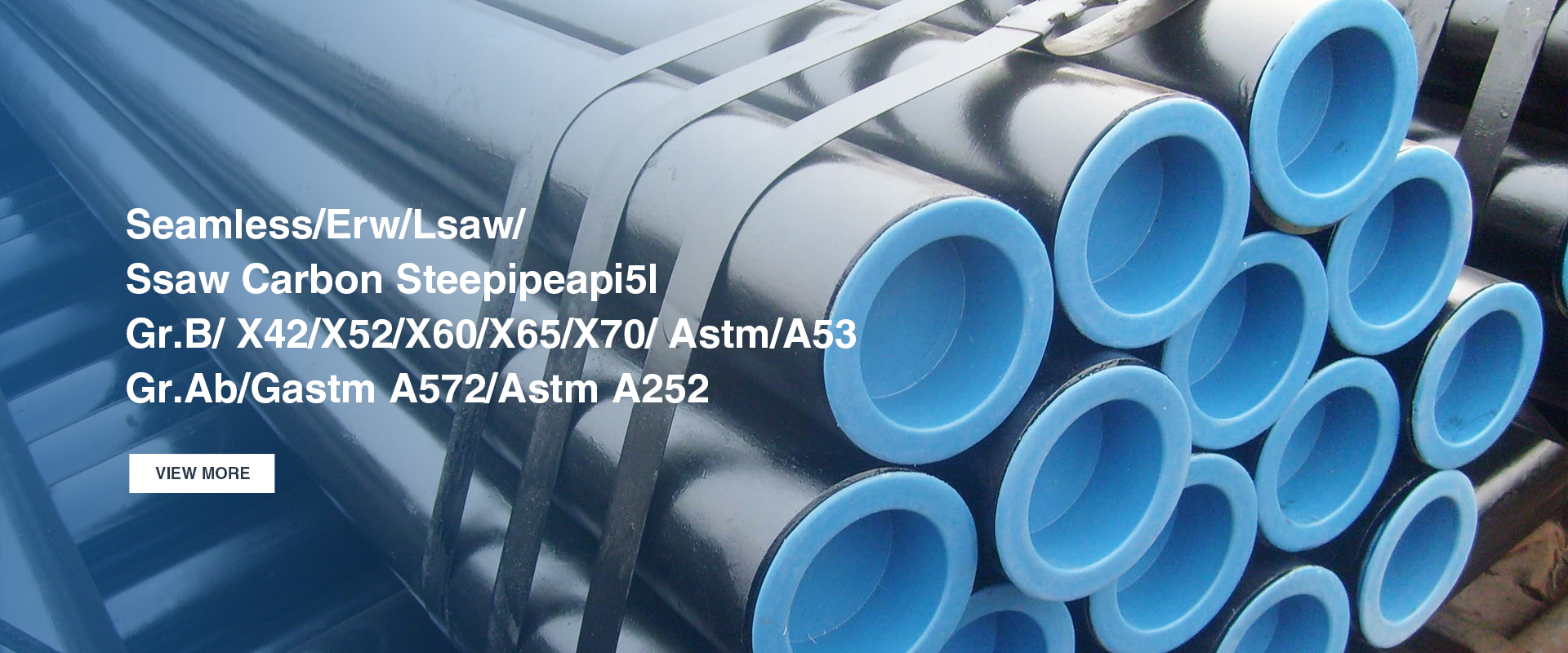-
Cangzhou Yulong Steel Co., Ltd.
-
Phone:
+86 13303177267 -
Email:
admin@ylsteelfittings.com
- English
- Arabic
- Italian
- Spanish
- Portuguese
- German
- kazakh
- Persian
- Greek
- French
- Russian
- Polish
- Thai
- Indonesian
- Vietnamese
- Zulu
- Korean
- Uzbek
- Hindi
- Serbian
- Malay
- Ukrainian
- Gujarati
- Haitian Creole
- hausa
- hawaiian
- Hebrew
- Miao
- Hungarian
- Icelandic
- igbo
- irish
- Japanese
- Javanese
- Kannada
- Khmer
- Rwandese
- Afrikaans
- Albanian
- Amharic
- Armenian
- Azerbaijani
- Basque
- Belarusian
- Bengali
- Bosnian
- Bulgarian
- Catalan
- Cebuano
- China
- China (Taiwan)
- Corsican
- Croatian
- Czech
- Danish
- Esperanto
- Estonian
- Finnish
- Frisian
- Galician
- Georgian
- Kurdish
- Kyrgyz
- Lao
- Latin
- Latvian
- Lithuanian
- Luxembourgish
- Macedonian
- Malgashi
- Malayalam
- Maltese
- Maori
- Marathi
- Mongolian
- Myanmar
- Nepali
- Norwegian
- Norwegian
- Occitan
- Pashto
- Dutch
- Punjabi
- Romanian
- Samoan
- Scottish Gaelic
- Sesotho
- Shona
- Sindhi
- Sinhala
- Slovak
- Slovenian
- Somali
- Sundanese
- Swahili
- Swedish
- Tagalog
- Tajik
- Tamil
- Tatar
- Telugu
- Turkish
- Turkmen
- Urdu
- Uighur
- Welsh
- Bantu
- Yiddish
- Yoruba

Oct . 03, 2024 06:40 Back to list
Welding Techniques for Joining Pipe to Flat Plate Efficiently
Welding Pipe to Flat Plate Techniques and Considerations
Welding is a critical process in various industries, particularly in construction, manufacturing, and automotive sectors. One of the common tasks in welding involves joining a pipe to a flat plate. This process is essential for creating structures like frames, support beams, and piping systems. In this article, we will explore the techniques, important considerations, and best practices for welding pipes to flat plates.
Understanding the Basics
Welding pipes to flat plates requires a solid understanding of both materials involved. Typically, both components may be made from similar materials, like carbon steel or stainless steel, to ensure compatibility during the welding process. The choice of welding technique also depends on the application, the thickness of the pipe and plate, and the desired strength of the joint.
Common Welding Techniques
1. MIG Welding (Gas Metal Arc Welding) MIG welding is a popular choice for joining pipes to flat plates due to its versatility and speed. An electric arc forms between a continuously fed wire electrode and the base material, melting them together. This method is particularly effective for thin materials and allows for easy control of the heat input, minimizing distortion.
2. TIG Welding (Gas Tungsten Arc Welding) TIG welding offers a higher quality weld and is suitable for more precise applications, especially with stainless steel. This process involves a non-consumable tungsten electrode that creates the arc. The welder often adds filler material manually. While it is slower compared to MIG welding, TIG provides excellent control over the weld pool, resulting in a clean and strong joint.
3. Stick Welding (Shielded Metal Arc Welding) This method is less common for pipe-to-plate joints but can be used in specific applications. It involves the use of an electrode that melts to create the weld. Stick welding is advantageous in outdoor environments due to its ability to withstand wind and contamination.
welding pipe to flat plate

Preparation and Execution
Preparing both the pipe and flat plate is crucial for a successful weld. The surfaces must be clean and free of contaminants such as rust, oil, or paint. Additionally, proper fit-up is essential; the pipe should be positioned correctly against the plate to ensure uniform joint strength.
Before welding, it is often beneficial to tack weld the pieces in place. This ensures stability throughout the welding process. After tack welding, the welder can proceed with the primary weld, carefully controlling the speed and heat to avoid overheating and warping the materials.
Post-Weld Considerations
Once the welding is complete, the joint should be inspected for quality. Common issues that can arise include undercuts, cracks, and porosity. It's important to conduct visual inspections and, if necessary, use non-destructive testing methods to ensure the integrity of the weld.
Additionally, post-weld treatments such as grinding and finishing may be necessary to prepare the joint for further applications or to meet aesthetic requirements.
Conclusion
Welding a pipe to a flat plate is a fundamental skill in fabrication and manufacturing, requiring knowledge of different welding techniques and proper execution methods. By understanding the materials, preparing adequately, and applying the right technique, welders can create strong, reliable joints that meet the demands of various applications. As technology progresses, staying updated on the latest methods and safety practices remains vital for successful welding operations.
Latest news
-
ANSI 150P SS304 SO FLANGE
NewsFeb.14,2025
-
ASTM A333GR6 STEEL PIPE
NewsJan.20,2025
-
ANSI B16.5 WELDING NECK FLANGE
NewsJan.15,2026
-
ANSI B16.5 SLIP-ON FLANGE
NewsApr.19,2024
-
SABS 1123 FLANGE
NewsJan.15,2025
-
DIN86044 PLATE FLANGE
NewsApr.19,2024
-
DIN2527 BLIND FLANGE
NewsApr.12,2024
-
JIS B2311 Butt-Welding Fittings LR/SR 45°/90° /180°Seamless/Weld
NewsApr.23,2024











